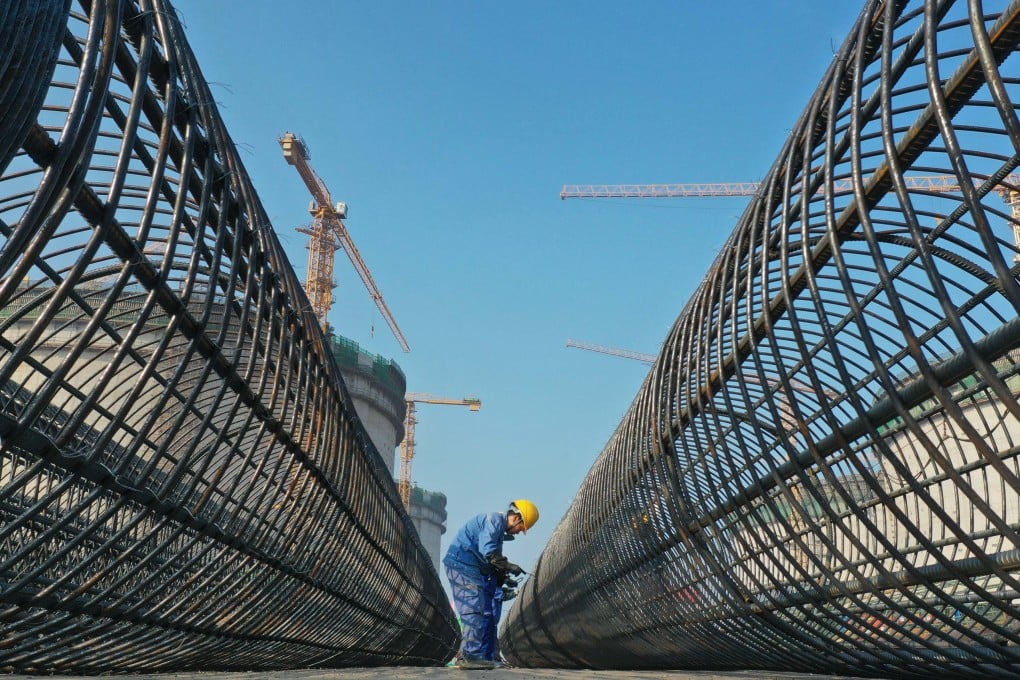China’s rapid LNG expansions power its push to maintain energy security in the face of crises
- Liquefied natural gas infrastructure is booming in China, from expansions to new facilities, as the country prioritises transition away from coal
- Power shortages and interruptions over the past two years highlight urgency of securing alternative forms of cleaner energy

China is ramping up construction of liquefied natural gas (LNG) infrastructure – including receiving terminals and storage facilities – as the country secures more long-term buying contracts for the fuel amid growing concerns over energy security.
“China is among the countries with a long list of LNG terminals under construction,” said Anne-Sophie Corbeau, a researcher with the Centre on Global Energy Policy at Columbia University.
While some are being constructed from scratch, many existing terminals are undergoing expansions, she added.
Late last month, a carrier from Qatar offloaded 210,000 cubic metres of LNG to a storage tank at the Yancheng Green Energy Port in eastern Jiangsu province, commencing operation of China’s largest LNG reserve base, according to local authorities.
The new LNG port is an example of Yancheng thoroughly implementing President Xi Jinping’s energy-security strategy, the Yancheng government said on its website.